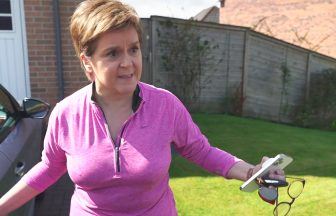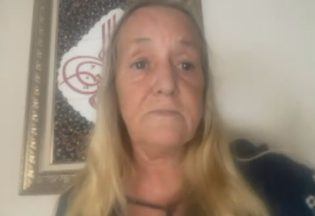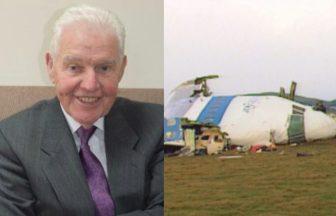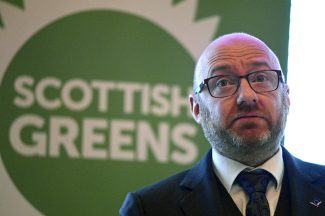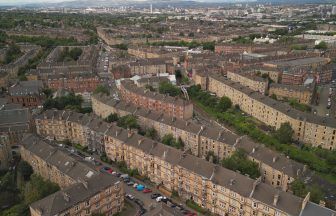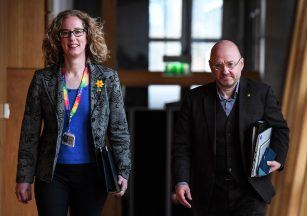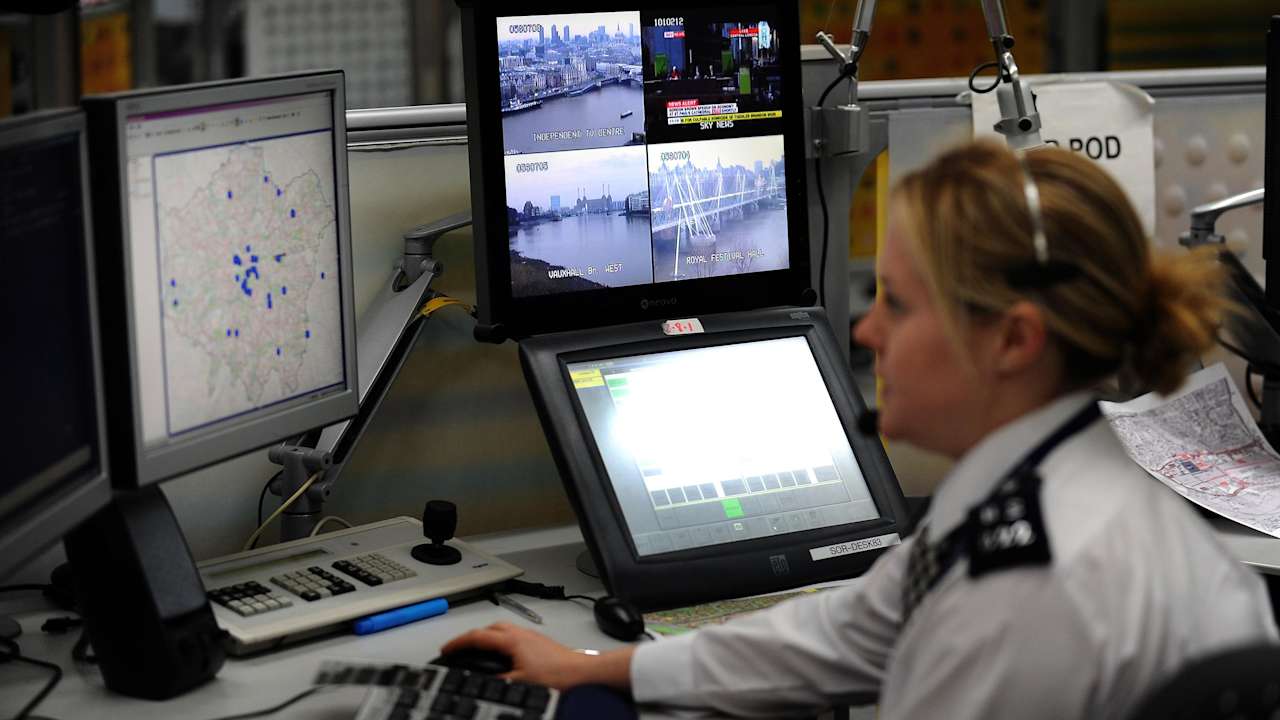With polling day just a fortnight away, this week provided timely new information about the state of the parties in Scotland.
First, an Ipsos MORI poll for STV gave the SNP a handsome lead of 18 points over the Tories in second. Then there were the Scottish results from YouGov’s much-trailed MRP poll.
Both told a story of SNP gains, but there is less agreement about how many gains and where they will come. This blog post looks at which seats we can expect to turn yellow on December 12.
We begin with the Ipsos MORI poll. The graph shows how this poll compares to the vote shares at the previous general election in 2017. The big gainers are the SNP, the big losers are Labour, while there are smaller gains and losses for the Lib Dems and Conservatives respectively.
If we look under the bonnet at how individuals report switching from their 2017 vote, the results are as the graph implies: the SNP has hung onto almost all of its voters, some Conservatives have switched to the Lib Dems, while Labour has lost voters to all three other parties.
These switches reflect two changes in the political climate compared with 2017. The first is that their clearer ‘get Brexit done’ commitment has already cost the Tories some votes among Remainers – and probably made it harder for the party to make further inroads into the unionist vote.
Second, 2017 became an election that wasn’t only about constitutional arrangements but also about the battle between Labour and the Tories for government at Westminster. That is not how 2019 feels, with few signs of another Corbyn surge. This costs Labour and benefits the SNP.
When a new poll arrives, the first thing that any self-respecting election nerd (if there is such a thing) does is to feed the numbers into a seat predictor like the one supplied by Electoral Calculus. These tell us how many seats the parties would gain and lose if there were swings more or less like this across Scotland. Doing that with the Ipsos MORI poll generates the following results.
Based on this poll, the 2019 election would mark something like a return to 2015. The SNP would regain over half of the seats lost between 2015 and 2017, the Conservatives would lose over half of the seats they gained, and Labour would lose all of its gains. All four Liberal Democrats survive thanks to their party’s improved poll showing.
These are projections rather than predictions, however. And they hinge on that assumption that these swings are replicated across the country. This assumption was never all that well suited to Scotland’s multi-party system. It is even less so now that voting is heavily influenced by attitudes to Brexit which vary quite a lot across the country.
Enter MRP, the new kid on the polling block. This is a way of trying to predict the result in each constituency based on as much polling data as can be gathered along with information about that seat – how wealthy it is, the age profile of voters there, and so on. It can pick up more detailed variations across Scotland in how people are switching between the parties.
The table below is based on the SNP’s top 20 target seats. It shows which of those the party would gain based on a) the Ipsos MORI poll run through the Electoral Calculus model, and b) the MRP model released by YouGov amid much fanfare on Wednesday night.
There is agreement that the SNP is set for its top five targets (although that was before the party dropped its candidate in Kirkcaldy & Cowdenbeath). There is also agreement that the last two are out of reach. In between, though, the predictions vary. The main area of dispute is the north east. Projecting seats straight from the Ipsos MORI poll, the SNP wins in Gordon and in Angus (as well as nearby Ochil & South Perthshire) and comes close in Moray and Banff & Buchan.
Yet, since this is the most Brexit-inclined region of Scotland, it seems likely that the Conservatives will hang on to more votes here than elsewhere. And that is exactly what the MRP model predicts. It forecasts zero SNP gains in the northeast.
A closer look at variations in swing is available via the British Election Study. They surveyed Scottish voters back in March 2019 and, while this was quite some time ago, the vote shares then were actually quite similar to those in this week’s Ipsos MORI poll. Crucially, the BES survey is large enough to give us a decent sample in different parts of Scotland. So how far do those swings from 2017 vary across the country?
They turn out to vary quite a lot. As predicted above, the SNP’s smallest gains are in the North East and the Highlands & Islands – and the Conservatives have actually gained votes there, too, which is why the MRP model predicts no Tory losses in that region.
The Conservatives do look set to lose a lot of the votes they picked up in Glasgow in 2017 – but, with no seats to defend there, they can afford to. Labour, by contrast, is losing most votes exactly where it has seats to defend, and the near wipe-out predicted by the national polls looks if even likelier when we factor in these regional swings.
In the first-past-the-post system, two things decide election outcomes: how many votes the parties get, and where they get them. The SNP remains on course for a big victory on the first count. Its seat gains, however, may be limited because the Conservative vote is distributed quite efficiently from the point of view of retaining seats. Yet this is only about resisting the yellow tide. To reverse it, the Tories need more votes.
You can follow Rob on Twitter: @robjohns75


